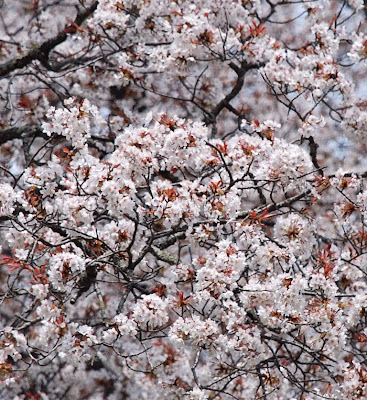this year I got to have a brief push of the machine that plants the rice
GOLDEN WEEK 2008 (3rd May)
Winter is far gone and the rainy season is almost here and It's that time of the year again when Japan plants rice to keep stocks of their staple food high. Rice is eaten up to three times a day across the country although this is changing with western food products making up a considerable part of the Japanese diet.
I was out at Naomi's place to help out. The weather was hot and dry, much more pleasant than last year when it was humid and rain clouds threatened the planting activities.
I am doing 'uenaoshi' which is where you walk from one end of the rice paddy to the other checking if enough seedlings have been planted. (The machine isn't perfect!) It is aruduous work and that smile was only for the photo! Each person has 4 rows at a time to check. The general rule is to make sure 3 seedlings are planted.
I am evening out the muddy soil











